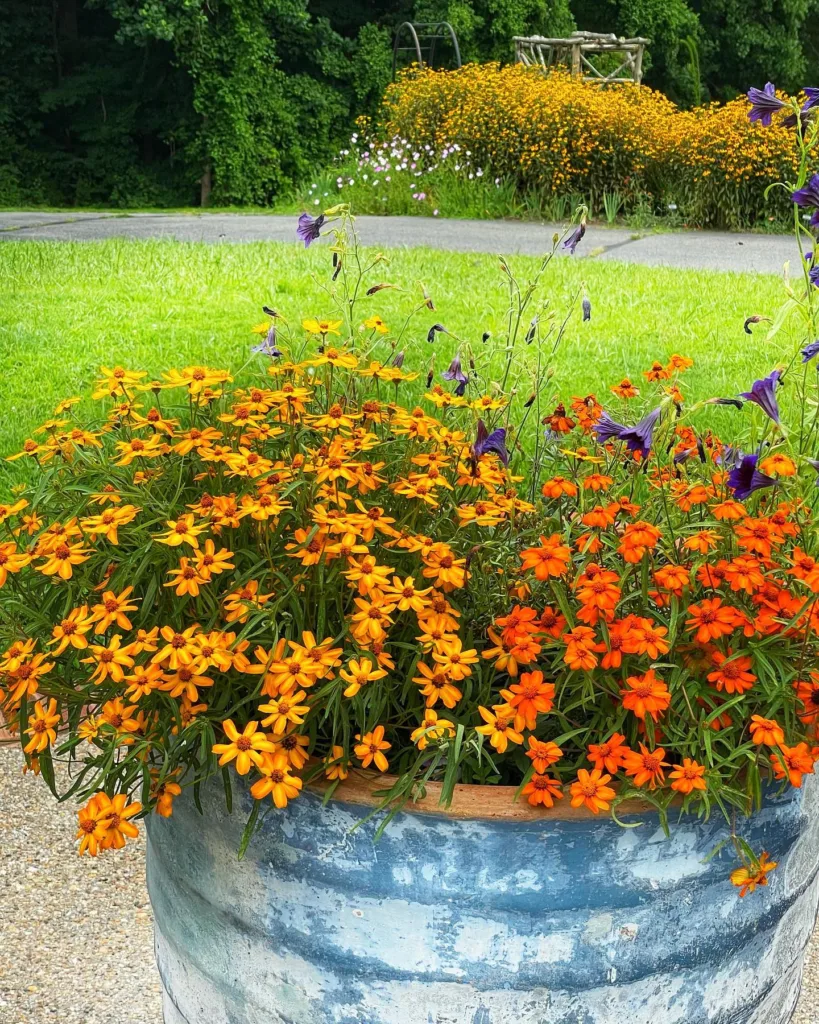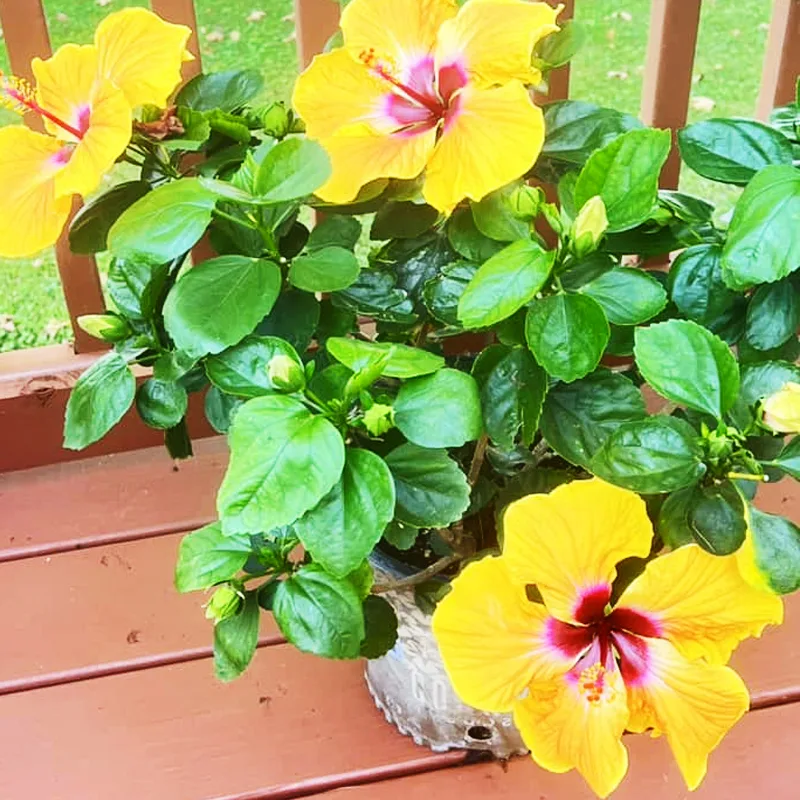
The Allure of the Euphorbia Trigona Rubra: A Plant Parent’s Guide
My fascination with succulents began with a single jade plant. But then I stumbled upon the Euphorbia Trigona Rubra, and let me tell you, this architectural wonder stole my heart. With its vibrant, three-sided stems and fiery red hues, it wasn’t just another succulent; it was a sculptural statement piece for my home.
But before welcoming this exotic beauty into your abode, there are some key things to consider. Here, I’ll share my experiences and knowledge about caring for a Euphorbia Trigona Rubra, addressing some of the most common questions that popped up during my journey as a plant parent.
2093 Species in Genus Euphorbia
Can Euphorbia Trigona Rubra Handle Frost?
Let’s be honest, winters are mild compared to some regions. But even a slight chill can send shivers down the spine of your Euphorbia Trigona Rubra. This tropical native thrives in warm temperatures, ideally between 65°F and 80°F (18°C and 27°C). While it can tolerate brief dips down to 45°F (7°C) for a short period, anything below that’s pushing its limits.
Here’s the takeaway: If you live in a region with harsh winters, consider bringing your Euphorbia Trigona Rubra indoors during the colder months. A sunny windowsill or a warm greenhouse would be its happy place.
How Much Sun Does Euphorbia Trigona Rubra Need?
Imagine a sun-drenched African savanna – that’s the kind of light your Euphorbia Trigona Rubra craves. At least 4-6 hours of bright, indirect sunlight per day is ideal for optimal growth and to maintain that stunning red coloration.
East or south-facing windows are prime locations for this sun-loving succulent. However, be mindful of harsh afternoon sun, especially during the peak summer months. If the leaves start to scorch or turn pale, it might be getting a little too much heat.
Pro tip: Rotate your Euphorbia Trigona Rubra occasionally to ensure even growth on all sides.
Does Euphorbia Trigona Rubra Shed Their Leaves in Winter?
Unlike some deciduous plants that put on a dramatic leaf show in autumn, Euphorbia Trigona Rubra doesn’t shed its leaves as a winter survival tactic. However, it’s natural for older leaves at the base of the plant to die off occasionally. This is nothing to worry about, as new growth will sprout from the top.
Here’s what to watch out for: If your Euphorbia Trigona Rubra is losing leaves rapidly, it could be a sign of underwatering, overwatering, or insufficient light.
Beyond the Basics: Additional Euphorbia Trigona Rubra Care Tips
Watering: Remember, succulents store water in their fleshy stems, so overwatering is a cardinal sin. Allow the soil to dry completely between waterings. During the winter months, you can water even less frequently.
Soil: Opt for a well-draining succulent or cactus mix. Ensure your pot has drainage holes to prevent waterlogging.
Feeding: While not strictly necessary, a diluted dose of succulent fertilizer during the spring and summer growing season can give your Euphorbia Trigona Rubra an extra boost.
Pruning: This isn’t essential, but you can prune your Euphorbia Trigona Rubra to maintain its shape or encourage bushier growth. Just remember to wear gloves, as the sap can be irritating.
Propagation: Feeling adventurous? Euphorbia Trigona Rubra can be propagated from stem cuttings. Allow the cut end to callous over for a few days before planting in well-draining soil.
A Word of Caution: Beware the Sap!
Euphorbia Trigona Rubra, like many Euphorbias, contains a white, milky sap that can be irritating to the skin and eyes. When pruning or handling the plant, wear gloves and be cautious not to get the sap on your face. If contact occurs, rinse the affected area thoroughly with clean water.
The Euphorbia Trigona Rubra: A Rewarding Addition to Your Home
With its architectural form and vibrant colors, the Euphorbia Trigona Rubra is a captivating succulent. By following these simple care tips, you can cultivate a thriving specimen that will add a touch of the exotic to your living space. Remember, patience and a watchful eye are key to keeping this beauty happy and healthy for years to come.
If i die, water my plants!



